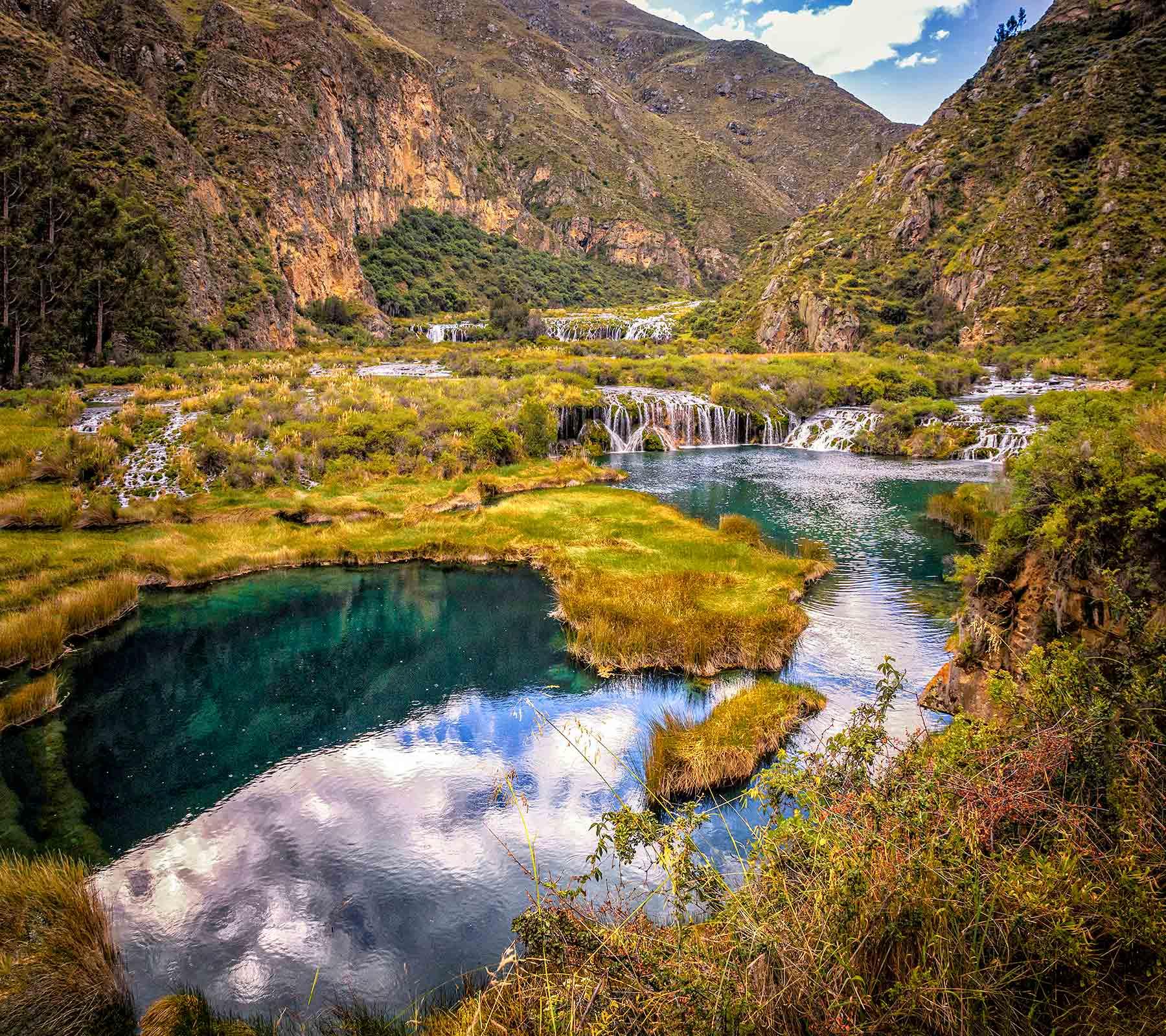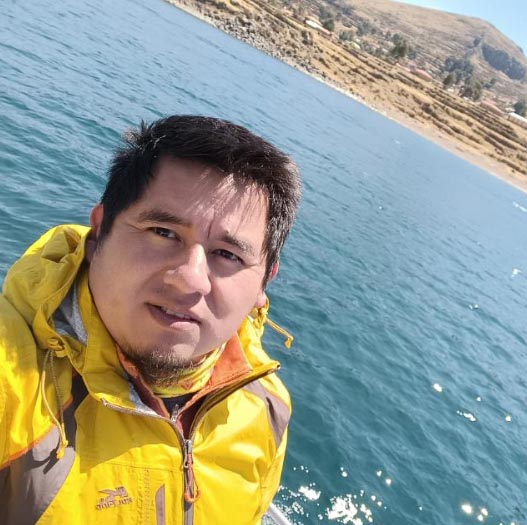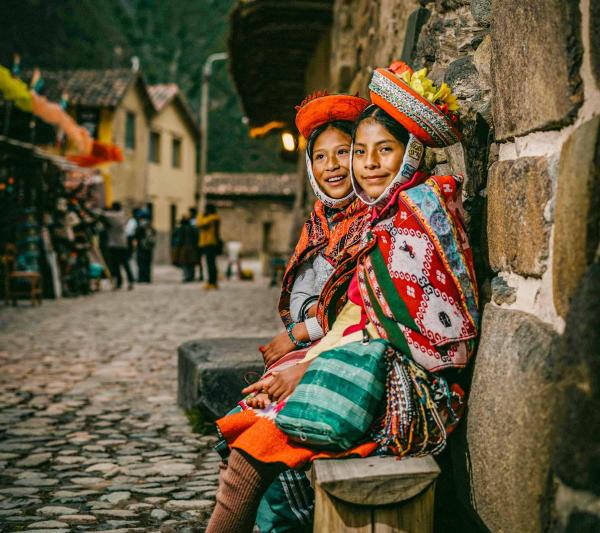The perfect setting for the best photos! This May 1, the Nor Yauyos Cochas Landscape Reserve celebrates its anniversary and marks 21 years of creation. This Reserve is located in the mountains of Lima and Junín, and was created in 2001. It was born with the objective of protecting one of the most beautiful landscapes in Peru, and conserving both the ecosystems and the activities of the communities, maintaining a balance between both, in addition to protecting the historical and cultural legacy of the area. Its beauty includes not only green fields and very clear skies, but also waterfalls and lagoons that give it a unique landscape beauty. And as if that were not enough, the reserve also houses important archaeological sites that teach us more about our ancestors and their cultural diversity. A real gem of our high Andean territory!
Main attractions of the Nor Yauyos Cochas Reserve
The extension of the reserve is more than 200 thousand hectares and is specifically located in the provinces of Yauyos (Lima) and Jauja (Junín), with the towns of Huancaya and Vilca being the most tourist spots. In the territory between both towns you can see how the Cañete River forms waterfalls of great beauty, such as the steps of Cabracancha and beautiful lagoons with the most crystalline water you can imagine, such as Papacocha or Piquecocha, where you can kayak. . Simply dreamy!
The Pariacaca snow-capped mountain is another great attraction, part of which is located in the Tanta district and represents an important deity from the Inca era and which until now has had a great influence on the daily life and worldview of the nearby towns. The path to reach this snow-capped mountain is considered by historians as a very important pilgrimage route where cultural and religious practices are linked.
If we talk about the towns, Vilca has a colonial style. Here you can visit the Plaza de Vilca, the Cantagallo viewpoint and the San Cristóbal viewpoint. For its part, the town of Huancaya has a bridge made of lime and pumice stone, with four arches through which the Cañete River passes and the Site Museum that houses mummies, textiles, ceramics, among other antiquities.
Archaeological complexes
In this reserve you can also find more than 40 various archaeological remains and beautiful platforms, which are examples of pre-Inca and Inca engineering, and many of which are still used to this day. An example is Huamanmarca, which is one of the most important complexes located in the Carania district and built on the hill that bears its name at approximately 3,800 meters high. In the upper part it has a reservoir, while in the lower part there are the platforms of Carhua and the Inca laboratory of Huantuya, as well as mortars that would confirm that the ancient settlers worked in agriculture and mining. Before reaching Laraos, you can find rows of terraces, also called terraces. Here you can see the archaeological remains of Wanllapata, Wajramarka, Wayaumarca, Callawarqui and Sinchimarka.
How to get?
The path is part of the adventure. If you are traveling from Lima, the first section you will have to travel, in approximately 2 hours, is to go from Lima to San Vicente de Cañete, either by bus or by private car. From there, you must take a second bus that arrives at Huancaya, the district where the reserve is located. In total, the trip takes about 7 hours.
If you are traveling from the Center of the country, there are bus routes that go directly from Huancayo (Junín) to Huancaya, about 3 hours away.
Useful data
These are the costs to visit the different places in the reserve:
Huancaya
Adults: S/ 20
Children (5 to 12 years old): S/ 10
Children under 5 years old: Admission free
Vilca
Adults: S/ 30 Children (from 5 to 12 years): S/ 10
Children under 5 years old: Admission free
Laraos
Cost per type of light vehicle: S/ 5
Heavy (like couster type): S/ 10
Climate: It is very changeable and depends mainly on altitude.
In the Nor Yauyos area the rains are more severe as the altitude increases. In the Cochas Pachacayo area, the climate is very cold and humid.
Flora and fauna
Among the birds, the presence of various species of grebes (Podiceps spp.), huaco (Nycticorax nycticorax), yanavico (Plegadis ridgwayi), the huallata (Chloephaga melanoptera), and various species of ducks (Anas spp.), among others stands out. .
As for mammals, the presence of the Andean fox (Pseudalopex culpaeus), deer (Odocoileus virginianus), Andean cat (Oreailurus jacobita), vizcacha (Lagidium peruanum), puma (Puma concolor), bighorn cat (Lynchailurus pajeros), was reported. taruca (Hippocamelus antisensis), vicuña (Vicugna vicugna), llama (Lama glama), alpaca (Lama pacos), a marsupial and rodent species.
The flora conserved in the RPNYC is made up of more than 150 species of plants, where grasslands and good portions of queñuales (Polylepis incana) stand out. There are also forests of Raimondi puyas (Puya raimondii).
Climate
The weather is very changeable in the RPNYC and depends mainly on the altitude. In the Nor Yauyos area the rains are more severe as the altitude increases. In the Cochas Pachacayo area the climate is very cold and subhumid.
Tourist routes
In the town of Laraos is the deepest cavern in South America. It is located at 4,400 meters above sea level. and has a vertical difference of 630 meters. On the other hand, in the same town there is also the Qaqa Mach’ay cave, which is the highest in the world at a height of 4,930 meters above sea level. 125 meters deep.
The main tourist and recreational area is located in the areas surrounding the population centers of Vitis, Huancaya and Vilca; and the area that includes Marcatupe and the Piquecocha lagoon. All of these towns are located along the Cañete River. Among the most common and recommended activities are hiking, sport fishing, mountain climbing, caving, bird watching and bicycle rides.
In the long list of places to visit, the Huancaya and Vilca waterfalls stand out; the Piticocha, Mullucocha and Paucarcocha lagoons, in Tanta; the archaeological sites of Huamanmarca, in Carania, Huaquis, in Miraflores, Vinchos and Andas in Canchayllo; the impressive platforms of Laraos, Carania and Vitis, where you can see four different types of platforms. Likewise, it is advisable to visit the cave paintings of Cuchimachay in Tanta and Quilcasca in Laraos.
Likewise, it has more than 40 various archaeological remains that represent a high cultural diversity in the area. In addition, various samples of terraces are recorded that are part of the living heritage that remains within the place, since many of these structures continue to be used to this day.
Likewise, you can see part of the old Inca trail (or Qhapac Ñan) that crosses all of Peru.
Machu Picchu Travel Tours
Reserve our guided trips to Machu Picchu by contacting our travel experts and you will be closer to completing your adventure:






